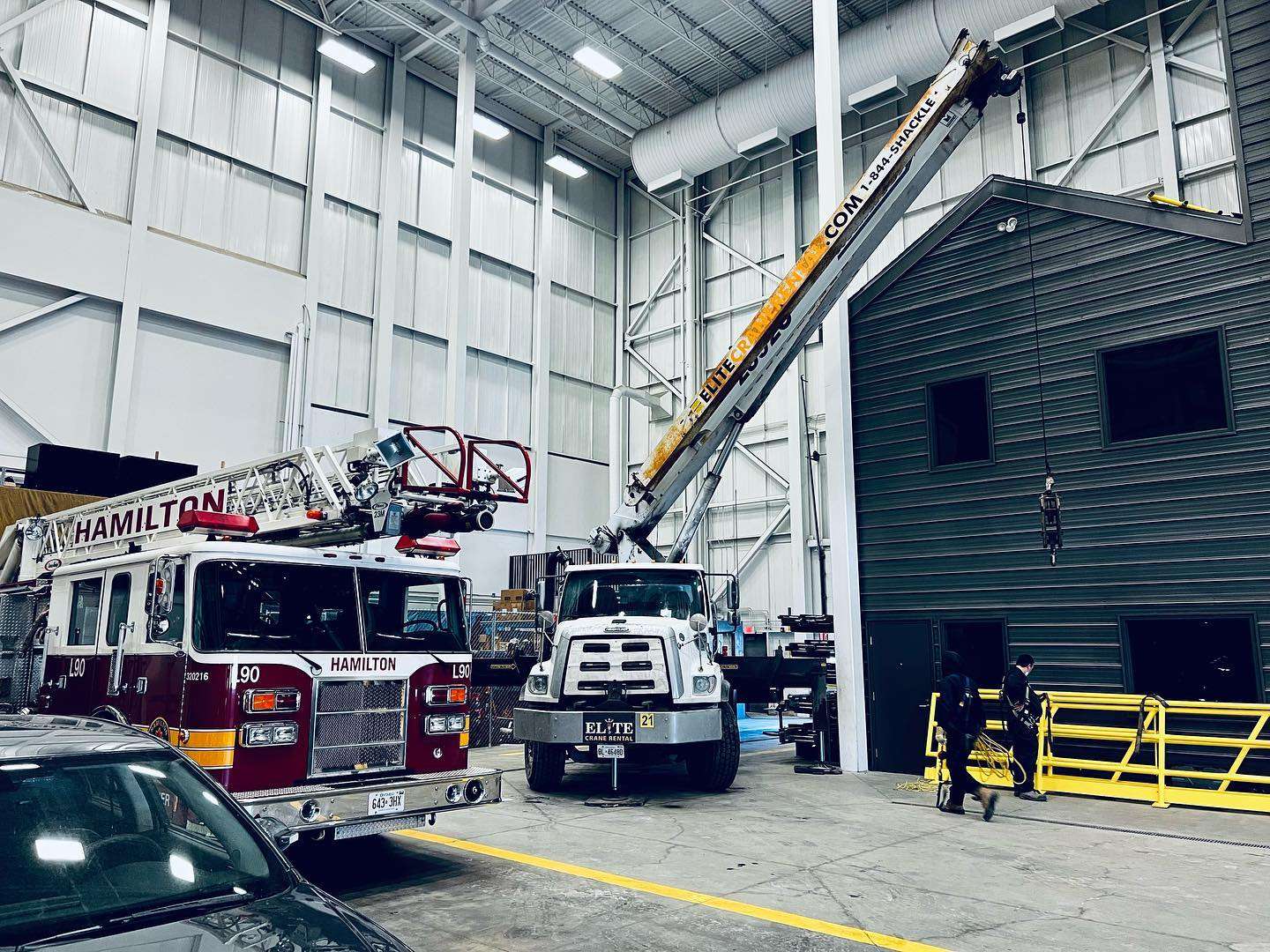With the rise of online shopping and the ever-growing demand for faster order fulfillment, businesses are constantly seeking innovative ways to streamline their operations. One such essential tool is the conveyor belt – a technology that has quietly revolutionized the way goods move through warehouses and distribution centers.
In this blog, we’ll explore the pivotal role that conveyor belts play in e-commerce and warehousing and how they have transformed the way products are moved, driving increased productivity and customer satisfaction.
Conveyor Belt: The Backbone of Efficient Warehousing
Imagine a bustling warehouse filled with products of all shapes and sizes, each waiting to be picked, packed, and shipped to a customer’s doorstep. In such an environment, manual labor alone would be incredibly time-consuming and prone to errors. This is where conveyor belts step in as the unsung heroes of modern logistics.
Speed and Efficiency:
In the fast-paced world of e-commerce, where customers expect quick deliveries, conveyor belts are instrumental in accelerating order fulfillment. They automate the movement of products from one point to another, ensuring that items are picked, packed, and shipped with remarkable speed and precision. This reduces the time it takes for an order to be processed, allowing e-commerce companies to meet tight delivery deadlines, even during peak seasons.
Scalability:
E-commerce businesses are known for their rapid growth, often experiencing surges in demand, especially during sales events. Conveyor belts are designed to be easily scalable, allowing warehouses to adapt to changing workloads without significant disruptions. Whether it’s handling a few hundred packages a day or thousands during a holiday rush, conveyor systems can be adjusted to meet the demand, maintaining operational efficiency.
Modern warehouses often stock an extensive range of products, and efficient inventory management is crucial to prevent bottlenecks and costly errors. Conveyor belts can be integrated with inventory tracking systems, enabling real-time monitoring and efficient movement of products. This reduces the risk of overstocking or understocking and helps warehouses maintain optimal inventory levels.
Reduced Labor Costs:
One of the key advantages of conveyor belt systems is their ability to automate repetitive tasks. This not only speeds up processes but also reduces reliance on manual labor. In an industry facing labor shortages, this automation is a boon, helping e-commerce companies save on labor costs and allocate human resources to more value-added tasks.
Error Reduction:
Human errors in order picking and packing can lead to costly returns and customer dissatisfaction. Conveyor systems, when integrated with advanced scanning and sorting technologies, minimize the risk of errors. This results in improved order accuracy and higher customer satisfaction rates.
Space Optimization:
Warehouses are often constrained by space limitations, especially in urban areas. Conveyor belts are designed to make the most of available space by efficiently routing products through the facility. This maximizes storage capacity and minimizes the need for additional warehouse expansion.
Sustainability:
As sustainability becomes a top priority for businesses and consumers alike, conveyor systems can contribute to environmentally friendly operations. They can be designed to reduce energy consumption and optimize material usage, thus aligning with eco-conscious initiatives.
Challenges in the Conveyor Belt Industry
The conveyor belt industry, although essential for various sectors like manufacturing, logistics, and mining, faces several significant challenges that impact its efficiency and sustainability. Some of the challenges that you might face in the conveyor belt industry are given below:
Maintenance Costs:
One of the foremost challenges in the conveyor belt industry is the cost and frequency of maintenance. Conveyor systems are subject to wear and tear due to continuous use, and unexpected breakdowns can disrupt operations. Regular maintenance is crucial to prevent these issues, but it can be expensive in terms of both labor and replacement parts.
Automation and Technology Integration:
As industries strive for increased efficiency and productivity, there is a growing demand for automated conveyor systems. While automation can enhance efficiency, it also presents challenges in terms of initial investment, system integration, and the need for skilled technicians to operate and maintain these advanced systems.
Safety Regulations and Compliance:
Safety is a top priority in the conveyor belt industry, given the potential hazards associated with moving machinery. Meeting and adhering to safety regulations and standards can be a complex and costly process. Conveyor belt manufacturers in India must invest in safety features, employee training, and compliance measures to ensure a safe working environment.
Environmental Concerns:
In an era of increased environmental awareness, conveyor belt companies are facing pressure to reduce their environmental footprint. This includes addressing issues related to energy consumption, material sourcing, and waste management. Developing eco-friendly conveyor belts and systems is a significant challenge in response to these concerns.
Supply Chain Disruptions:
The conveyor belt industry relies on a global supply chain for raw materials and components. Disruptions in this supply chain, whether due to geopolitical issues, natural disasters, or economic challenges, can lead to delays in production and increased costs.
Customization and Adaptability:
Different industries require conveyor systems tailored to their specific needs. The challenge lies in providing customization while maintaining cost-effectiveness and ensuring that conveyor systems can adapt to changing production requirements.
Global Competition:
The conveyor belt industry faces competition from manufacturers worldwide. Maintaining a competitive edge in terms of product quality, pricing, and customer service is an ongoing challenge.
Energy Efficiency:
With rising energy costs and environmental concerns, there is a growing need for conveyor systems to be more energy-efficient. Developing and implementing energy-saving solutions while maintaining productivity is a complex challenge.
Conclusion
Conveyor belts have evolved from simple mechanical systems to sophisticated, integrated solutions that are essential for efficient operations in different industries. Their ability to streamline operations, improve efficiency, reduce costs, and enhance customer satisfaction has made them a linchpin of success in an industry defined by its ever-increasing demands.
Continental Belting Pvt Ltd is recognized as one of the finest brands in the field of conveyor belts. With a dedication to cutting-edge technology and the use of top-notch materials, we craft conveyor belts that epitomize durability, efficiency, and reliability. We are one of the best Conveyor Belt Suppliers in India that delivers unmatched performance.










